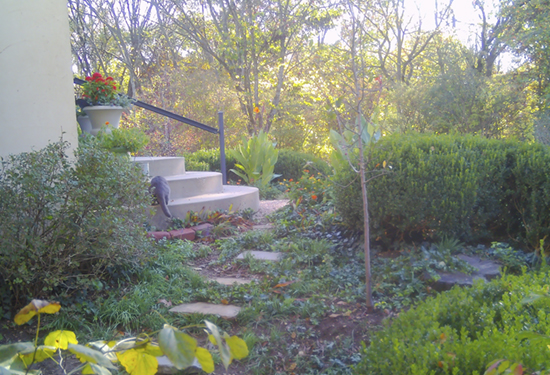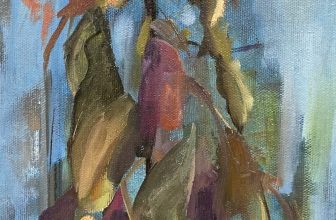
The Trouble with Plein Air
Perspectives from The Artist’s Road

There is no doubt – working from life is the best way to learn how to see the world of light as an artist. One can learn the basics by working with controlled artificial light in the studio, then gradually moving into working only with natural light. Natural light is more interesting, but more challenging, so there is much to be learned there. But when one steps outside to work, it’s a bit like going from high school to studying for a doctoral degree in college! The level of difficulty ratchets up when we place ourselves in front of a deep-space landscape under the full onslaught of sunlight. Ignoring for the moment coping with the wind, bugs, sun burn or frostbite and all the myriad other distractions which can happen, the light itself can be overpowering and confusing at times. It is no surprise that so many famous landscapes were painted under cloudy bright or low light conditions. But perhaps the biggest challenge for the plein air painter is the movement of the sun while painting. And it moves fast! One needs a block of time to paint any landscape, and if the subject is the light effect itself, one has only about five minutes to truly capture any one moment of that. Five minutes painting is nothing.
Once he felt he had enough skill and speed, Claude Monet ably demonstrated how the light changes on the same subject over time in his Haystacks and Rouen Cathedral series, switching canvases as the light changed too much to keep working on the current one. He could only get a portion of the scene painted in on any one of those in one evening, so he returned, day after day, to complete the series. As if that wasn’t difficult enough, he added the challenge of painting using the complex techniques of Impressionism, which meant that he was also breaking down the light into its constituent wavelengths in paint and accurately placing those pure colors side by side in the quantities and stroke sizes which would render the full gamut of color spectra. What an incredible accomplishment of inspired genius and an eye-opener for all of us! The collection of his personal favorites is worth a long visit to the Marmottan Museum in Paris. It is an inspiration and an education. Spend the afternoon.



To illustrate just how fast the light changes outdoors, I pulled these still images from my outdoor camera which is pointed at my front door and faces east. These three images represent a starting exposure, one 30 minutes later and then 60 minutes after the first one. They clearly show how quickly and dramatically the background, in particular, changed in that short period. After only 30 minutes, the lighting in the scene has become so different that there is no point in continuing to work on the original that day. Many artists make the mistake of ignoring this while continuing to alter their paintings to try and keep up. Plein air landscapes painted in full sun and convincingly done, are, therefore, a magical illusion of a world which does not exist in a solitary moment. That is a big part of why they are so difficult to get right!
Copyright Hulsey Trusty Designs, L.L.C. (except where noted). All rights reserved1.







